Martyr Mohammad Bagher Sadr; From the leadership of the “Jama’a al -Almaa” to the support of the Iranian Revolution
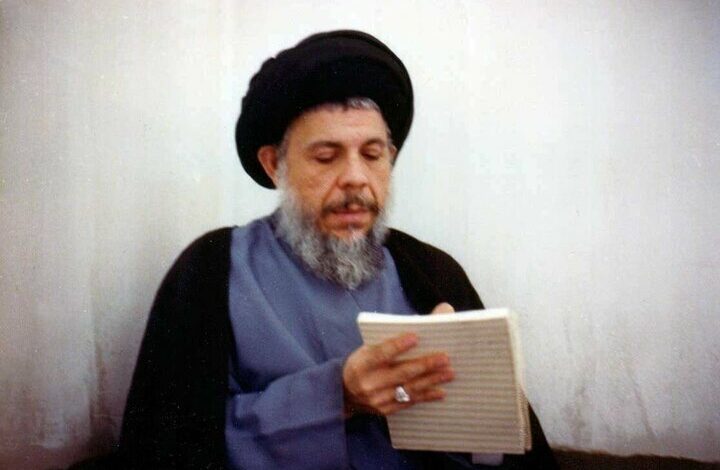
, International Group Kazim was born in Iraq, his ancestors were all scholars of religion; Sayyid Ismail Sadr was his grandfather of Shiite imitation in Iraq. Also, his older brother, who was trying to be like a thrilling mujtahid, was Sayyid Ismail. His sister Amena Bennet al -Hadi was in the ranks of scientists, poets, writings and teachers of jurisprudence and ethics. Bint al -Hadi met with his brother Sayyid Mohammad Baqir on the path of jihad and the struggle against the Communists and the Ba’ath Party and supporting Imam Khomeini. He was also one of the founders of the Al -Zahra girls’ schools in Baghdad, Najaf, Kazim, Basra, Diziyah and Half.
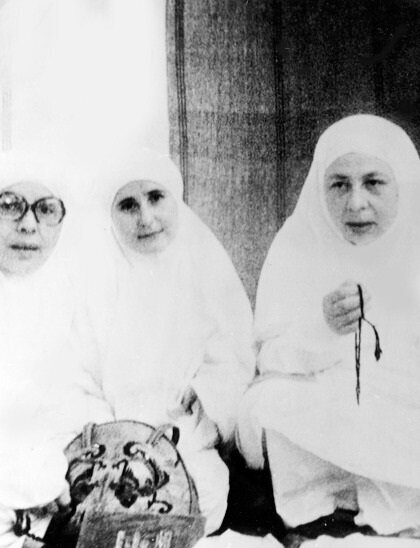
The first person from the right of Amena Bennet al -Hadi sister Seyed Mohammad Bagher Sadr
withdrawal from the al-Dawa al-Islamiyah party
Martyr Seyed Mohammad Mehdi Hakim, Seyyed Talib Rafi’i and Mohammad Mehdi Samavi, after studying the political and social situation in Iraq, had come to the conclusion that they must establish a party based on Islamic ideology in order to organize the Muslim struggles. They shared their thought with Ayatollah Sadr, followed by a group of Iraqi Shiite scholars and Mujahideen. The Islamic Invitation Party was founded on the basis of Islamic ideology. Ayatollah Seyyed Mohammad Baqir Sadr, in addition to confirming the party, also developed its program and statute. He believed that the dignity of the clergy would not be involved in political organizations and organizations and played a role in the spiritual status of the clergy, so five years after the establishment of the party, on the advice of Ayatollah Hakim, he abandoned the party and advised: “The members of the party would continue to work.”
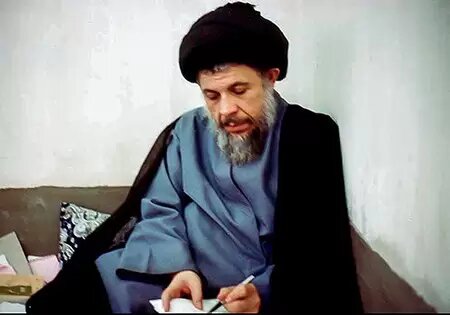
Seyyed Mohammad Bagher Sadr
Ba’ath Party’s historical fatwa and excommunication
Ayatollah Sadr excommunicated the Ba’ath Party during a historic fatwa. The text of this historical fatwa reads: “It is informed by the Muslims that joining the Ba’ath Party under any heading is religiously forbidden, and any cooperation with it constitutes a cruel and infidel contribution to Islam and Muslims.” Following this fatwa, Ayatollah Sadr’s house was banned by Iraqi security forces.
Execution of Ayatollah Sadr’s students The Iraqi Ba’athist regime arrested and executed five of his students, including Aref Basri, Seyyed Emadeddin Tabatabai, Tabrizi, Hassan Jar Jar Khan and Sayed Nouri Khan Tabrizi, Sayed Emadeddin Tabrizi and Sayed Nouri Nouri Tabrizi, Arbaeen of the year, at the behest of Ayatollah Seyyed Mohammad Bagher Sadr, the demonstrations of tens of thousands of Hosseini mourners in Najaf and Karbala became demonstrations in condemnation of the Zionist regime and supporting the Palestinian people.
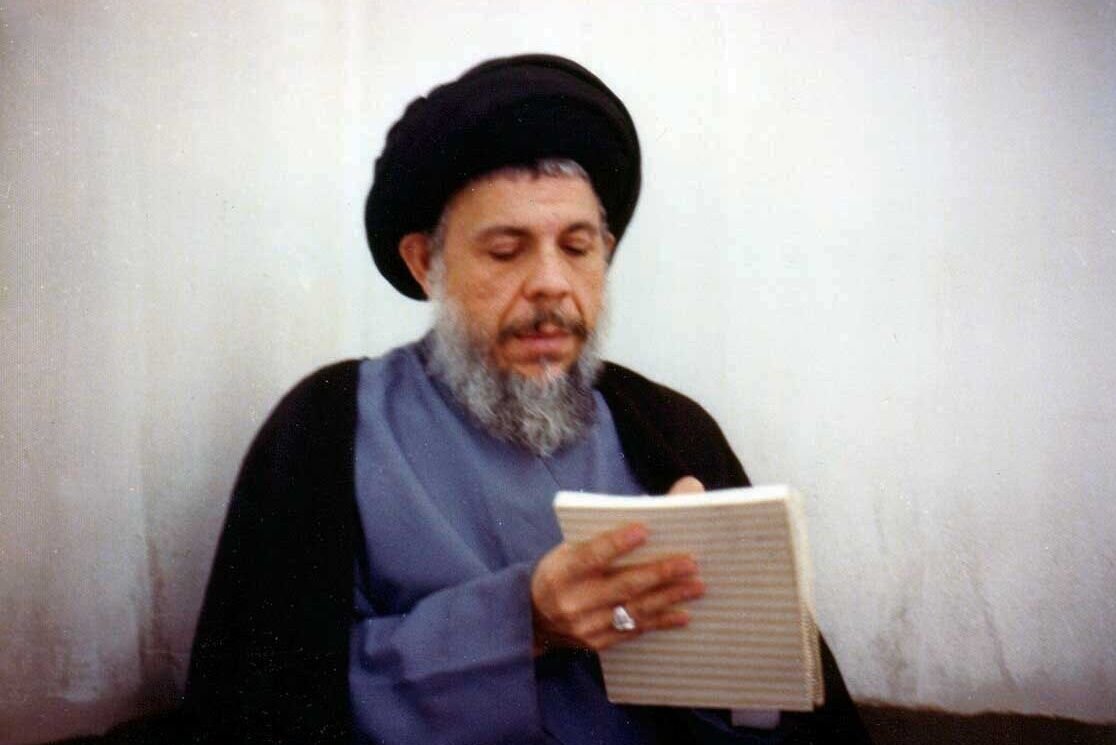 %0A%20%20%20%20Seyyed%20Mohammad%20Bagher%20Sadr%20%0A%20%20%20%0A%20
%0A%20%20%20%20Seyyed%20Mohammad%20Bagher%20Sadr%20%0A%20%20%20%0A%20%20%0A
%20%0A
The readiness to support the Islamic Revolution
The height of the Islamic Revolution led by Imam Khomeini in Iran caused the Iraqi Ba’ath government to worry about the formation of a revolutionary revolution in this country, so he decided to incorrect the Islamic Revolution of Iran. Ayatollah Seyyed Mohammad Baqir Hakim, who was aware of the goals and goals of the Ba’athist regime, in a letter to Imam Rahel in Paris, while celebrating the glorious and courageous uprising of the Iranian Muslim people led by the Imam, declared his readiness to cooperate with the leader of the revolution and the Iranian Ummah. He also wrote a letter to his disciples in Iran and demanded that they be accompanied by the revolutionary people of Iran. These important actions and fatwas of Ayatollah Sadr led not only to neutralize the propaganda of the Iraqi Ba’ath government against the Islamic Revolution, but the Iraqi Muslim people to sympathize with the Iranian people.
I would have a little imitation reference in the Najaf seminary to talk to the commentary lesson. Ayatollah Seyyed Mohammad Bagher Sadr closed the classrooms of the jurisprudence and held two days a week of commentary class. Ayatollah Sadr’s subject -to -class interpretation classes were influenced by the awakening of the Iraqi people and preparing them for the uprising and moving against the vicious government of that country, as some of his disciples questioned Sayyid Muhammad Baqir Sadr, and he replied: “I know my duty to interpret the Qur’an.
Ayatollah Sadr’s rejection of anti-religious demands
Saturday, Jamadi Alawal ۱۴۰۰ Lunar, Abu Sa’id, head of the Najaf Security Organization, arrested Ayatollah Sadr and quickly from Najaf to Baghdad.
The next day, Jabbar Baghdad’s government also arrested Bennet al-Hadi, as he feared Bent al-Hadi would once again invite people to protest and demonstrates! Barzan Ibrahim, Saddam’s half -brother and head of the country’s security agency, asked Ayatollah Sadr in prison to write only a few words against Imam Khomeini and the Islamic Revolution to be released, otherwise he will be killed!
Ayatollah Sadr firmly rejected the demand and said, “I will never accept your inhumane and anti-religious desires, and my way is the same as I chose! I am a Muslim and I am responsible for the fate of all Muslims in the world and not only Iraq and Iran. Supporting the Islamic Revolution of Iran and its leadership is a religious duty! ”
When the Ba’athist mercenaries were desperate to discourage Ayatollah Sadr and his sister, the two were martyred on Tuesday, Jamadi al-Aul, the lunar torture. The body of these two martyrs was buried in the family tomb of “Sharafuddin” near the shrine of Imam Ali (AS).
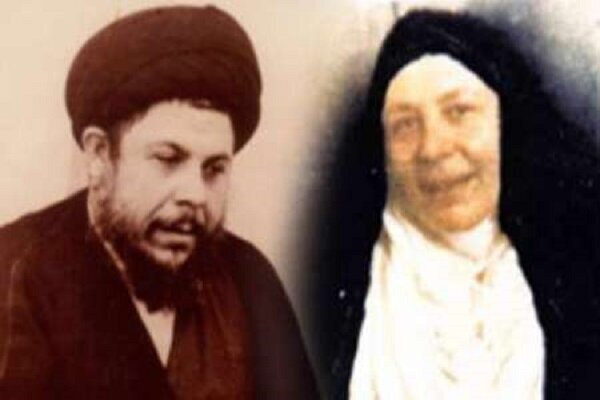
Seyyed Muhammad Baqir Sadr and his sister Amena Bint al -Hadi Sadr
Imam Khomeini; Ayatollah Sadr’s testimony is not strange
Imam Khomeini, the founder of the Islamic Revolution of Iran, issued a message to the Muslim nation of Iran and the Muslim nation on May 2, 2009, on May 2, 2009. Part of the message reads: “The testimony of these nobles who have spent a lifetime for the purposes of Islam by criminals who have spent a life of bloodshed and oppression; It is wondering that the mujahideen dies in the bed and the oppressors of the crime do not impregnate their evil hands with their blood. ”
After the testimony of Sayyid Muhammad Bagher Sadr, his cousin Sayyid Muhammad became a brave leader for Shiite protesters. He revived Friday prayers, the mourning of Sayyid al -Shohada (AS) and the Najaf to Karbala hiking in the mid -Sha’ban. He placed the Kufa mosque an active base to deliver its fiery sermons against the policies of the Iraqi Ba’ath Party.
With the testimony of Sayyid Muhammad Sadr, his fourth and last son became Muqtada as the most important survivor of the Sadr family, who could take over the rudder of Sadr in Iraq. Muqtada al-Sadr is known to be known for his his . Sadr is known for his religious-Arab and opposition to foreign influence in Iraq. He emerged as one of the most important leaders of Shiite political currents in Iraq after the fall of Saddam Hussein. Muqtada al -Sadr became a symbol of resistance to the US presence and had the support of many Iraqis. He was the title of “patriotic hero”.
Muqtada al-Sadr Corps “Jaish al-Mahdi; Created and confronted the US in the early years after the fall of the Ba’athist government, with the aim of resisting foreign occupiers.
Sadr was raised after the collapse of the Iraqi Ba’ath government from the Islamic Republic of Iran after the collapse of the Iraqi Ba’ath government, but gradually departed from Iran due to Arab nationalist tendencies. Sadr’s behaviors are often unpredictable, and unexpected decisions are his characteristics. A prominent example of that is the repeated declaration of Policy by Muqtada al -Sadr, who does not last long and he returns to the Iraqi political scene.
Martyr Ayatollah Seyyed Mohammad Baqir Sadr, with the support of his jurisprudential knowledge in the theoretical and theoretical environment, has had a political, social role, and although he has suffered a lot in the field of struggle and practice, this practical presence was based on the same principles and views.
Sayyid Mohammad Sadr is a little away from his theoretical and jurisprudential aspects and turns to field jihad using Friday prayer and community activity. The martyr Sadr Sani, with his wisdom, directed the wave of emotions to the resistance to the tyranny of the Ba’athist tyranny and gave Sadrion the movement of the popular color and smell.
Muqtada al-Sadr also continued to strengthen the Sadr’s Party, and focused on the subordinate classes of society in return for the people’s elites and the properties of the Shiite community in Iraq. Also, the magnification of Shiite Arab identity in Iraq was the most important program that was followed by Muqtada al -Sadr’s leadership.


